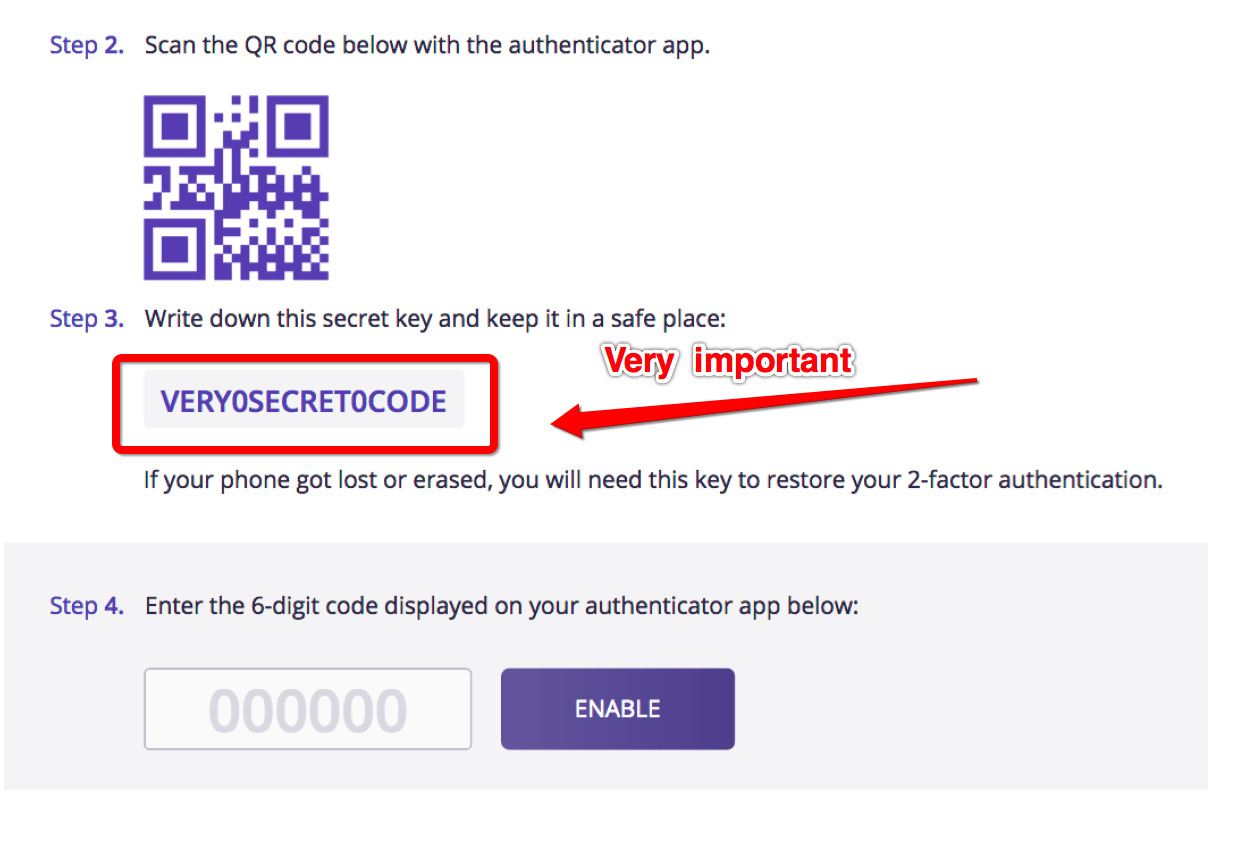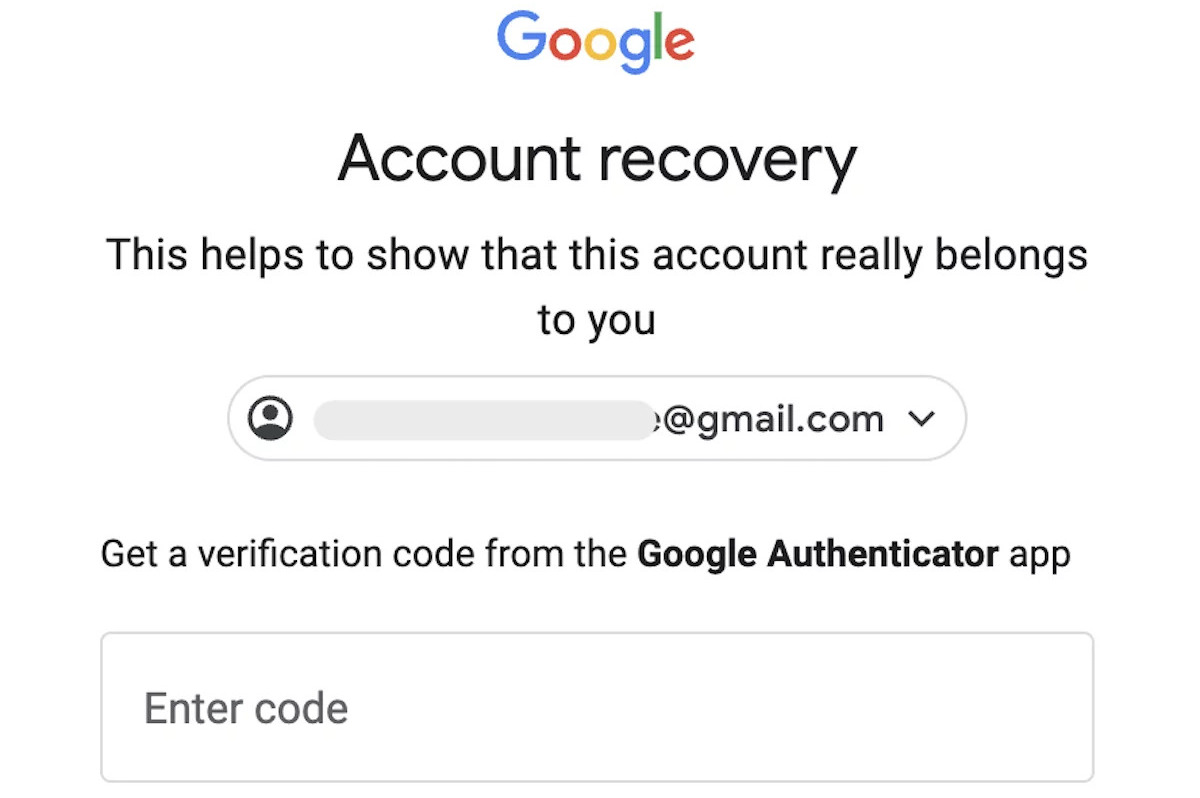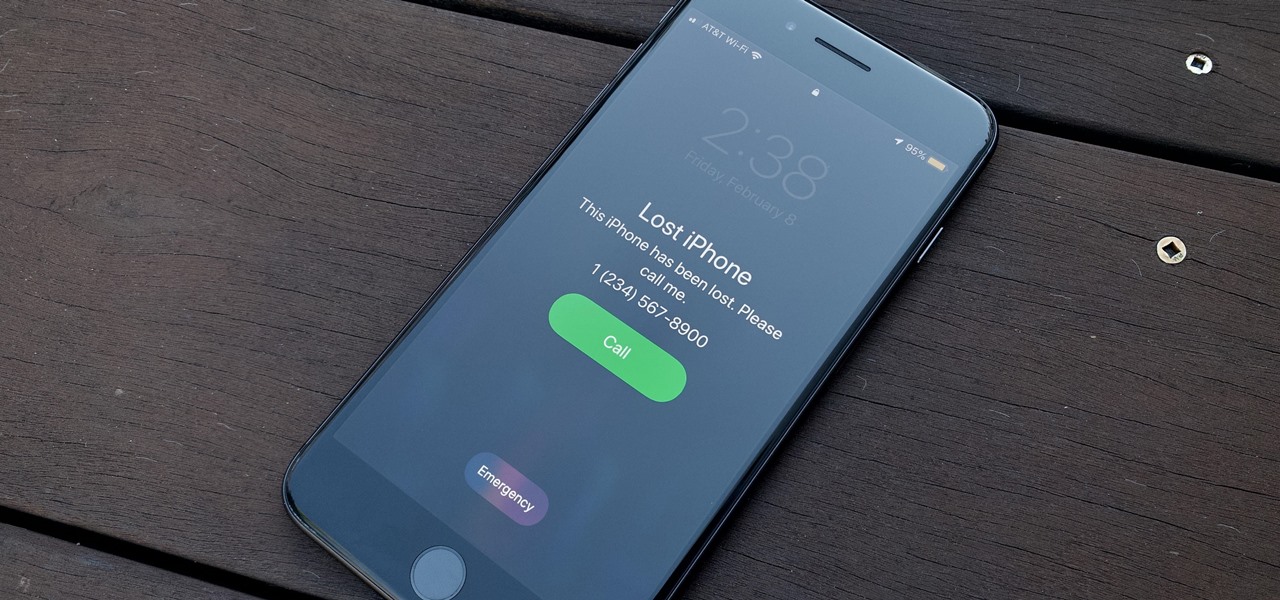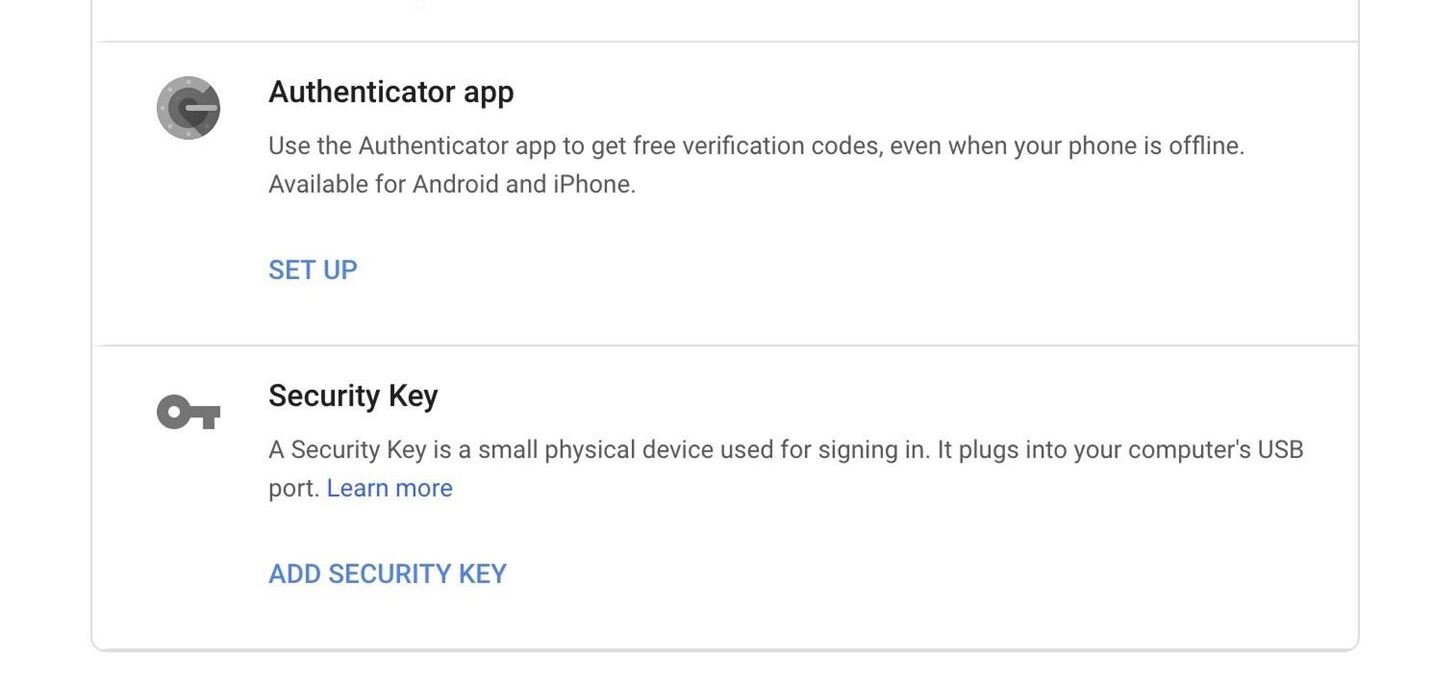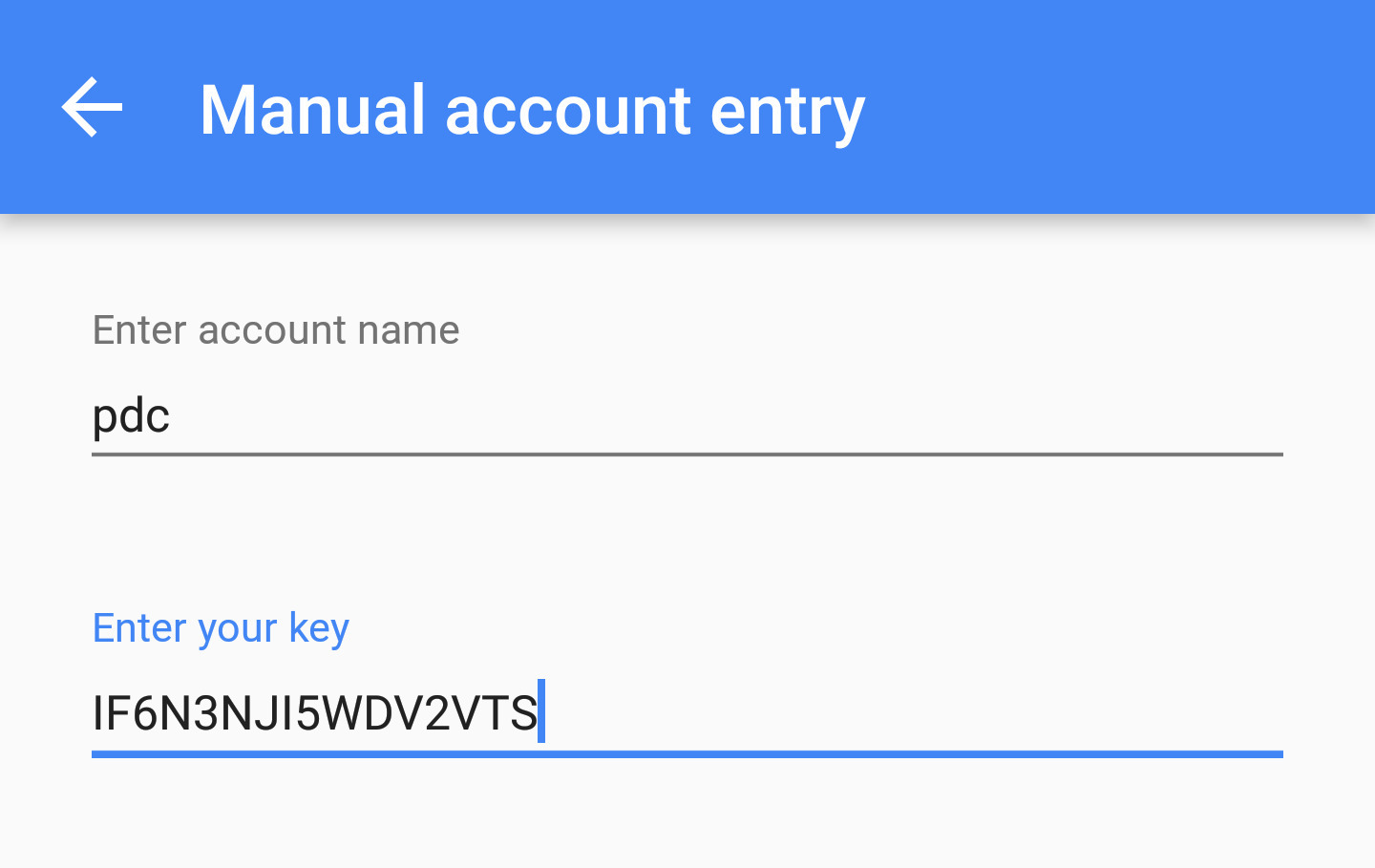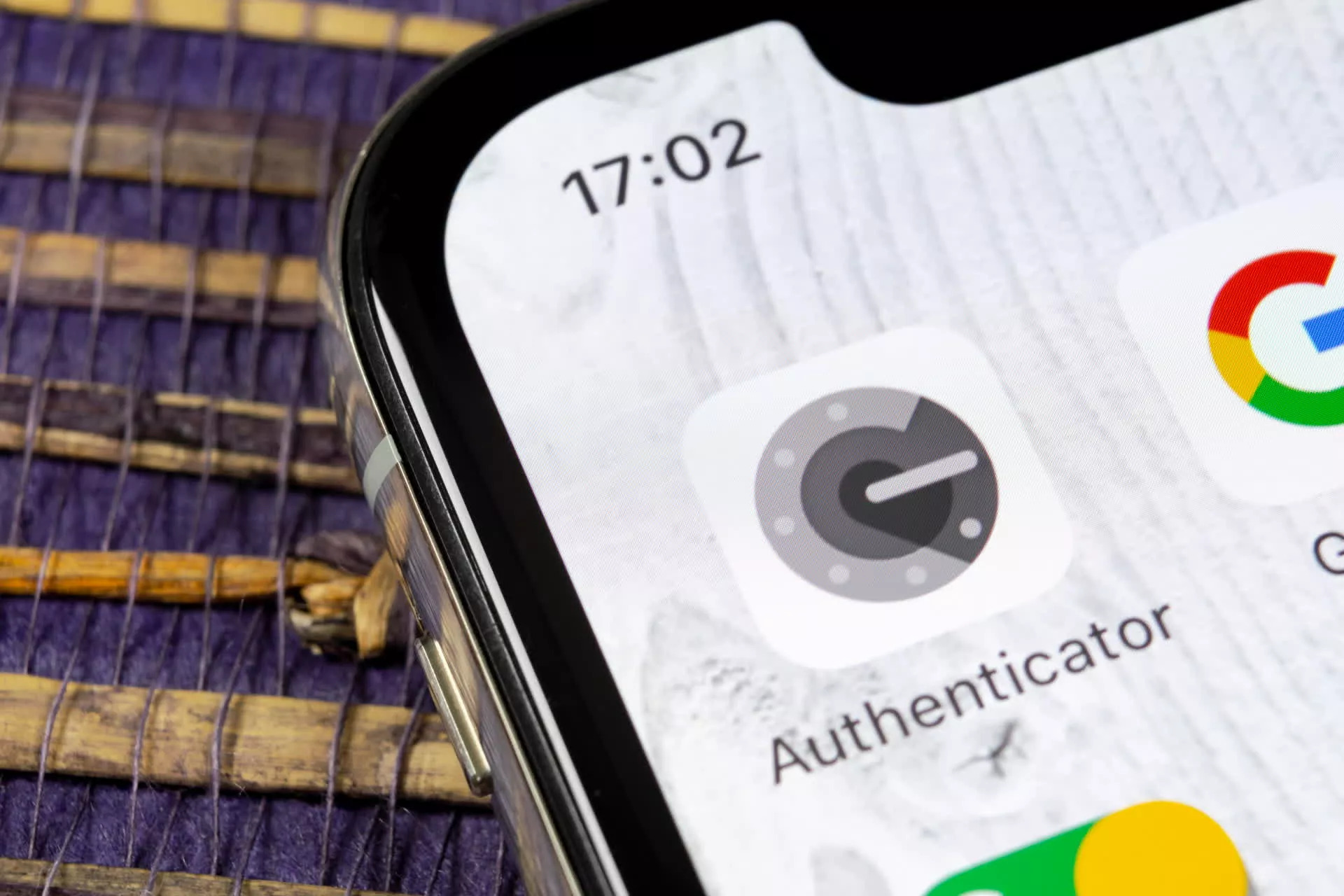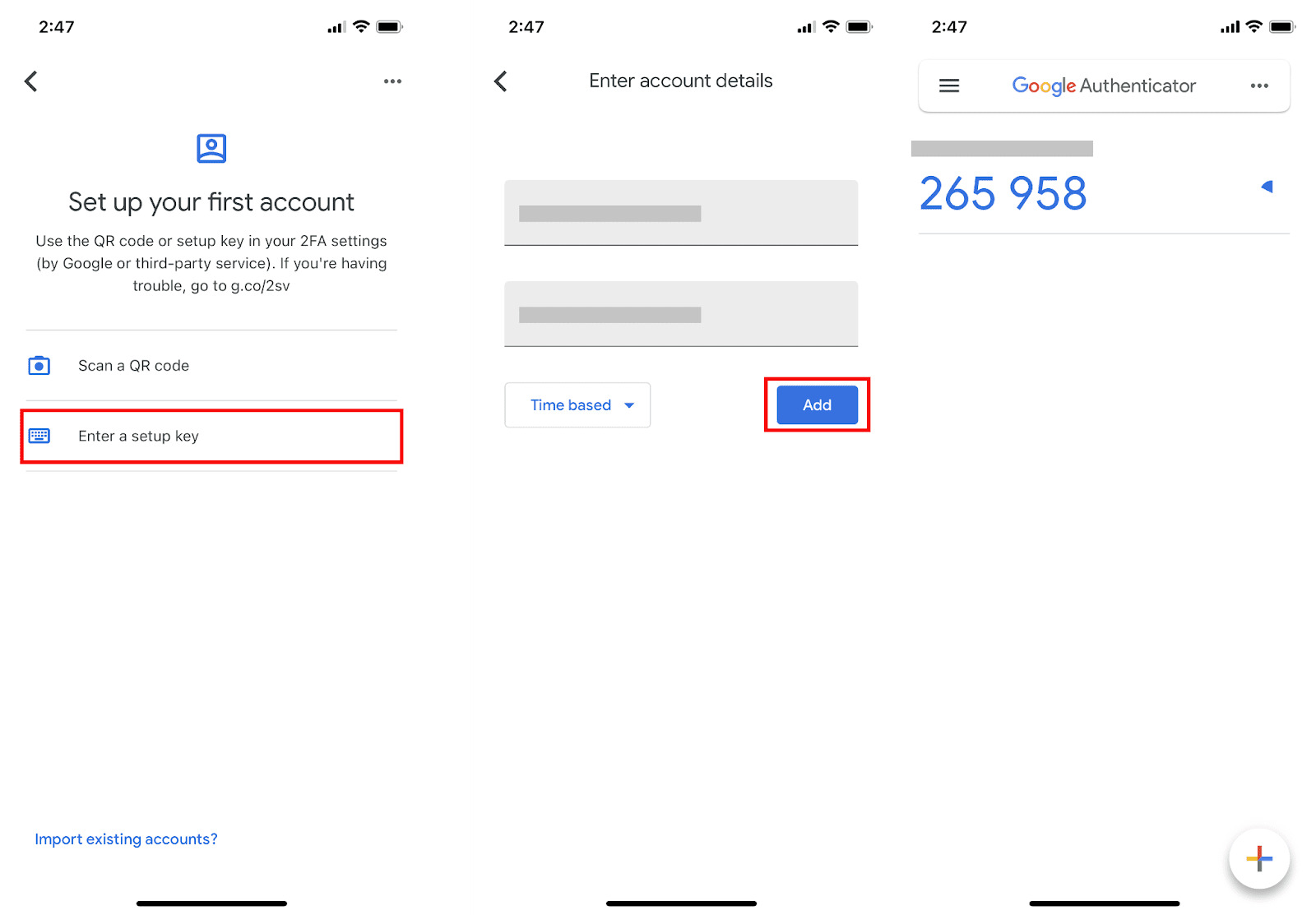Introduction
Welcome to the world of Google Authenticator, a powerful tool that enhances the security of your online accounts. In today’s digital age, protecting our personal information is of utmost importance. With cyber threats on the rise, it’s essential to have robust security measures in place.
Google Authenticator is an app that generates unique security codes, known as Time-based One-Time Passwords (TOTP), to add an extra layer of security to your online accounts. It works by synchronizing with various websites and services, generating a new code every few seconds. This code is required in addition to your password when logging in, making it extremely difficult for hackers to gain unauthorized access to your accounts.
While Google Authenticator provides excellent security, there may be instances where you need to recover your codes. For example, if you lose or upgrade your device, or accidentally delete the app, you might be left without access to your codes. In such situations, knowing how to recover your codes becomes vital.
In this article, we will explore various methods to recover codes from Google Authenticator. Each method is tailored to a specific scenario, ensuring that you have multiple options to regain access to your accounts. Whether you have a backup, are willing to contact the service provider, have a rooted or jailbroken device, or have access to Google Drive or iCloud backups, we have got you covered.
If you find yourself in a situation where you need to recover codes from Google Authenticator, fret not! Keep reading to discover the strategies that will help you regain access to your accounts and restore your online security.
What is Google Authenticator?
Google Authenticator is a free app developed by Google that adds an extra layer of security to your online accounts. It is available for both iOS and Android devices and works by generating unique security codes, known as Time-based One-Time Passwords (TOTP).
When you enable Google Authenticator for an online account, the app synchronizes with the website or service provider. This synchronization is done using a QR code or a secret key provided by the service. Once activated, the app generates a new six-digit code every 30 seconds.
When you log in to your accounts, along with your password, you are also required to enter the current six-digit code provided by Google Authenticator. This two-factor authentication process adds an extra layer of security, making it extremely difficult for unauthorized individuals to access your accounts, even if they have your password.
One of the primary advantages of using Google Authenticator is that the codes are generated offline on your device. This means that even if you don’t have an internet connection, you can still generate and use the codes. This offline capability ensures that you can access your accounts even in situations where internet connectivity is limited or unavailable.
Google Authenticator is widely used by various online services, including social media platforms, email providers, financial institutions, and more. By enabling this app for your accounts, you significantly enhance the security of your sensitive data and reduce the risk of unauthorized access.
Keep in mind that while Google Authenticator is an excellent tool for securing your accounts, it’s essential to set up backups and ensure you have a plan in place to recover your codes in case of device loss or app deletion. Fortunately, there are several methods available to recover codes from Google Authenticator, which we will discuss in detail in the following sections.
Why would you need to recover codes from Google Authenticator?
There are several scenarios where you might need to recover codes from Google Authenticator. While the app is designed to provide a secure and convenient way to access your online accounts, situations can arise that require you to recover your codes. Here are a few common scenarios:
Device loss or upgrade: If you lose your device or upgrade to a new one, you might lose access to the codes stored in Google Authenticator. Without these codes, you won’t be able to log in to your accounts.
Accidental deletion of the app: If you accidentally delete the Google Authenticator app from your device without having a backup, you will lose all your codes. This can be a real problem if you don’t have other ways to log in to your accounts.
App malfunction or data corruption: Though rare, it’s possible for the Google Authenticator app to malfunction or experience data corruption. If this happens, your codes might become inaccessible, and you’ll need to find a way to recover them.
Switching devices: When switching to a new device, you’ll need to transfer your Google Authenticator codes to ensure you can continue using two-factor authentication with your accounts.
Recovery after a factory reset: If you perform a factory reset on your device, you will lose all the data, including your Google Authenticator app and its stored codes. It’s crucial to have a recovery plan in such situations.
Multiple devices and backups: If you have multiple devices that use Google Authenticator, you might want to sync the codes across all devices or create backups to ensure you have access to the codes even if one device is lost or damaged.
These are just a few examples of why you might need to recover codes from Google Authenticator. Having a plan in place and understanding the different methods available for code recovery is essential to ensure you can regain access to your online accounts swiftly and securely. In the following sections, we will explore various methods you can use to recover your codes based on different scenarios.
Method 1: Recovering codes from your backup
If you have taken the precaution of creating a backup of your Google Authenticator app, you can easily recover your codes in case of device loss or app deletion. Here’s how you can do it:
Step 1: Locate the backup of your Google Authenticator app. This could be on your computer, external storage, or cloud storage service.
Step 2: Install or reinstall the Google Authenticator app on your new device.
Step 3: Open the Google Authenticator app and follow the setup process. When prompted to scan the QR code or enter the secret key, select the option to manually enter the key.
Step 4: Retrieve the secret key from your backup and enter it into the Google Authenticator app. Make sure to enter it accurately to ensure the codes are generated correctly.
Step 5: Once you have entered the secret key, the Google Authenticator app will generate the same codes that were originally associated with your accounts. You can now use these codes to log in to your accounts as usual.
Having a backup of your Google Authenticator app is highly recommended. It allows for a seamless recovery process and ensures that you can quickly regain access to your online accounts without any hassle. Remember to regularly update your backup to include new accounts or changes to your existing accounts.
Note that if you haven’t created a backup of your Google Authenticator app, this method will not be applicable. In such cases, you can explore other methods to recover your codes, which we will discuss in the following sections.
Method 2: Contacting the service provider
If you find yourself unable to recover codes from your backup or face other difficulties, another option is to contact the service provider directly. Many online platforms and services have customer support teams that can assist you in recovering your Google Authenticator codes. Here’s how you can go about it:
Step 1: Visit the website or platform for which you need to recover the codes. Look for a “Support” or “Contact” section, usually found in the footer or menu.
Step 2: Reach out to the service provider’s customer support team through email, chat, or phone. Explain your situation and request assistance in recovering your Google Authenticator codes.
Step 3: Provide any necessary information or verification details that the customer support team may ask for to validate your identity and ownership of the account.
Step 4: The service provider’s customer support team will guide you through the recovery process. They may ask for additional information or require you to follow specific instructions to regain access to your account.
Step 5: Follow the instructions provided by the customer support team to complete the recovery process. They may ask you to disable two-factor authentication temporarily or provide alternative verification methods to ensure the security of your account.
It’s important to note that the process and requirements for code recovery may vary depending on the service provider. Some platforms may have well-documented procedures for code recovery, while others may require more direct communication with customer support. Patience and clear communication with the service provider’s team will help expedite the recovery process.
Remember to keep records of your communication with the service provider’s customer support team, such as email correspondence or case numbers. This will be helpful in case you encounter any further issues or need to refer back to your recovery request.
If you are unable to recover your codes through the service provider, don’t lose hope. There are still alternative methods to recover your codes, which we will explore in the following sections.
Method 3: Recovering codes from a rooted or jailbroken device
If you have a rooted Android device or a jailbroken iOS device, there is a possible method to recover your Google Authenticator codes. However, please note that rooting or jailbreaking your device can have security implications and may void your device’s warranty. Proceed with caution and ensure that you understand the risks involved. Here’s how you can attempt to recover your codes from a rooted or jailbroken device:
Step 1: Download a file explorer app that allows you to access the system files on your device. There are various file explorer apps available, such as ES File Explorer for Android or iFile for iOS.
Step 2: Open the file explorer app and navigate to the system directories on your device. In Android, the Google Authenticator codes are stored in the /data/data/com.google.android.apps.authenticator2/ directory. On iOS devices, the codes are stored in the Keychain.
Step 3: Locate the file or database containing your Google Authenticator codes. This file may have a name like “databases” or “keychain”.
Step 4: Copy the file or database containing your codes to a safe location or transfer it to another device for further analysis.
Step 5: On your new device or a different non-rooted/jailbroken device, install Google Authenticator and any necessary file explorer apps.
Step 6: Copy the file or database from the rooted/jailbroken device to the appropriate directory on the non-rooted/jailbroken device. Make sure to replace any existing files if prompted.
Step 7: Open the Google Authenticator app on the non-rooted/jailbroken device. If the transfer is successful, you should see your original codes restored within the app.
It’s important to note that the success of this method depends on several factors, including the device’s root/jailbreak status, the file system access granted through the file explorer app, and potential changes in the storage locations or encryption methods used by Google Authenticator. Recovering codes from a rooted or jailbroken device can be more complex and technical. If you are not comfortable with these procedures, it is recommended to seek assistance from a knowledgeable professional to avoid any data loss or device damage.
If the rooted/jailbroken device method is not feasible or you do not wish to root/jailbreak your device, there are still other methods available to recover your codes, which we will cover in the following sections.
Method 4: Recovering codes from Google Drive or iCloud backup
If you have enabled backup and synchronization for your Google Authenticator app on your Android device or iCloud backup on your iOS device, you can attempt to recover your codes from these cloud storage services. Here’s how you can do it:
Step 1: On your Android device, ensure that your Google account is linked to Google Drive backup, or on your iOS device, ensure that iCloud backup is enabled.
Step 2: Set up a new device or perform a factory reset on your existing device.
Step 3: Install the Google Authenticator app or ensure it is updated to the latest version on the new or reset device.
Step 4: Sign in to the same Google or iCloud account that you used for the backup on your previous device.
Step 5: During the setup process, the Google Authenticator app will prompt you to restore your accounts from the backup in Google Drive or iCloud.
Step 6: Choose the backup file or account that contains your original Google Authenticator codes.
Step 7: The Google Authenticator app will restore your accounts and their associated codes from the backup. You should now have access to your original codes and be able to use them to log in to your accounts.
It’s important to note that the availability and functionality of Google Drive or iCloud backup for Google Authenticator may vary depending on the device’s operating system version and the settings configured for the backup services. Additionally, restoring from a backup will overwrite any existing codes in the Google Authenticator app on the new or reset device.
If you encounter any issues or the backup does not restore your codes successfully, you may need to explore additional recovery methods, which we will discuss in the following sections.
Method 5: Manually recovering codes using QR codes
If none of the previous methods are applicable or successful in recovering your Google Authenticator codes, you still have one more option: manually recovering codes using QR codes. This method requires you to have the original QR code or secret key used to set up two-factor authentication for each account. Here’s how you can manually recover codes using QR codes:
Step 1: Visit the website or platform for which you need to recover the codes.
Step 2: Look for an option to enable or set up two-factor authentication for your account. Usually, this can be found in the account settings or security settings.
Step 3: Select the option to enable two-factor authentication and choose the option to set it up manually or enter a key.
Step 4: Retrieve the original QR code or secret key used to set up two-factor authentication for the account. This could be from a physical printout, an email, or a backup file.
Step 5: Use a QR code scanner app or a QR code reader built into another authenticator app to scan the QR code. Alternatively, if you have the secret key, enter it manually.
Step 6: The scanning process or manual entry will populate the Google Authenticator app with the necessary information to generate codes for that account.
Step 7: Repeat the process for each account you need to recover codes for by scanning the corresponding QR codes or entering the secret keys.
By manually recovering codes using QR codes, you can regain access to your accounts even if you no longer have your original device or backup. However, keep in mind that this method requires you to have the QR codes or secret keys readily available. It’s always a good practice to store these codes or keys in a secure location for future reference.
If you don’t have the QR codes or secret keys, you may need to explore other recovery options or reach out to the service providers for further assistance.
Conclusion
Google Authenticator is a valuable tool for enhancing the security of your online accounts. However, there may be instances where you need to recover your codes due to device loss, accidental deletion, or other unforeseen circumstances.
In this article, we’ve explored five methods you can use to recover codes from Google Authenticator:
- Recovering codes from your backup: If you have a backup of your Google Authenticator app, this method allows for a seamless recovery process.
- Contacting the service provider: Reach out to the customer support team of the service provider to request assistance in recovering your codes.
- Recovering codes from a rooted or jailbroken device: This method involves accessing the system files of your rooted Android device or jailbroken iOS device to retrieve the codes.
- Recovering codes from Google Drive or iCloud backup: If you have enabled backup and synchronization, you can attempt to recover your codes from these cloud storage services.
- Manually recovering codes using QR codes: By scanning the original QR codes or entering the secret keys, you can manually recover your codes for each account.
Each method is tailored to different scenarios, providing you with options to regain access to your accounts and restore your online security. It’s important to note that not all methods may be applicable in every situation, so it’s crucial to assess which method is best suited for your specific needs.
Remember to take preventive measures by creating backups, enabling synchronization, and storing QR codes or secret keys in a secure location. Regularly review and update your recovery plans to ensure you can quickly recover your codes if needed.
While recovering codes from Google Authenticator can be challenging, having a plan and understanding the available methods will help you navigate through these situations with minimal disruption.
Ensure that you prioritize the security of your online accounts and regularly review and update your authentication methods to stay ahead of potential threats.







